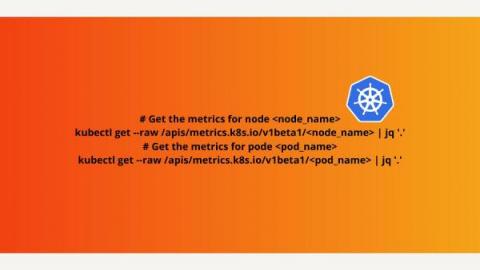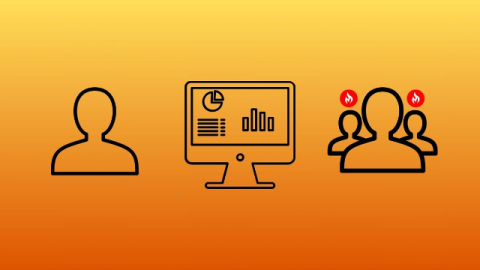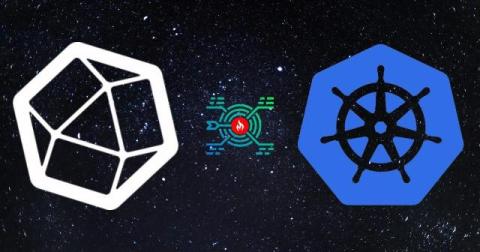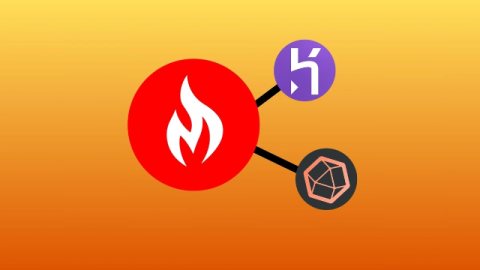Tips for Monitoring Kubernetes Applications Test
Monitoring is the most important aspect of infrastructure operations. Effective monitoring strategies help optimize infrastructure usage, improve planning, and resolve incidents easily. While monitoring preceded DevOps, DevOps has further transformed the software development process to the extent that monitoring has to evolve as well.











